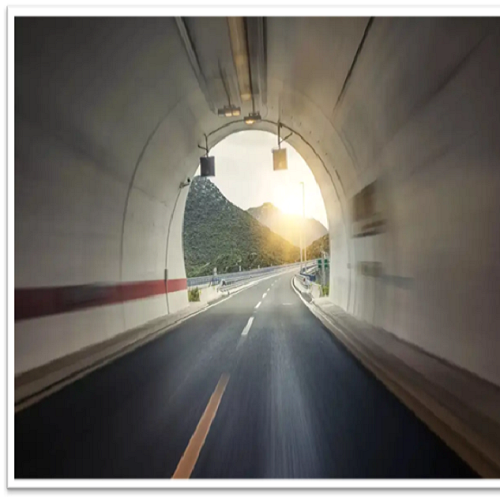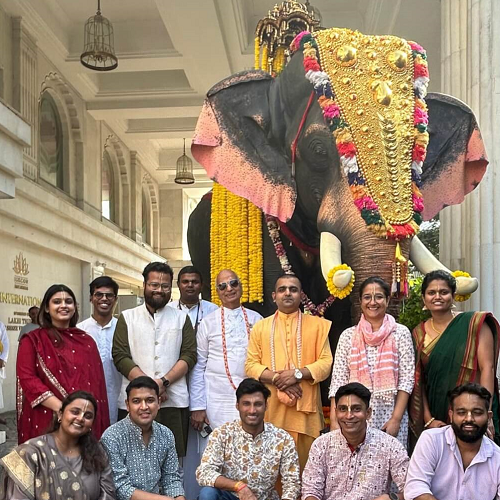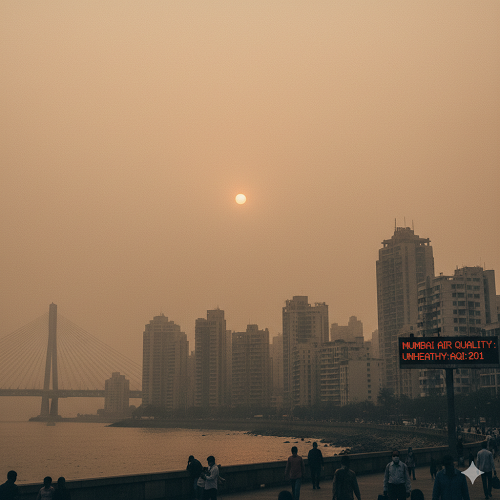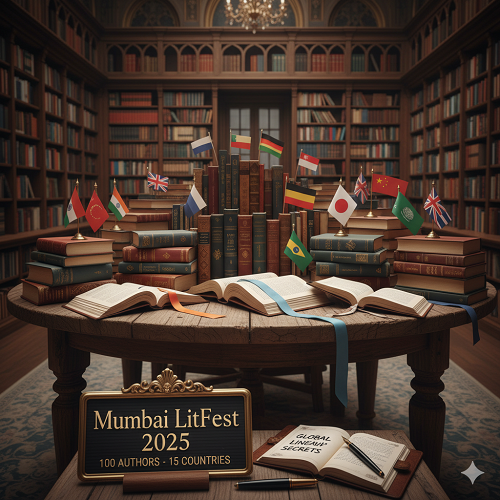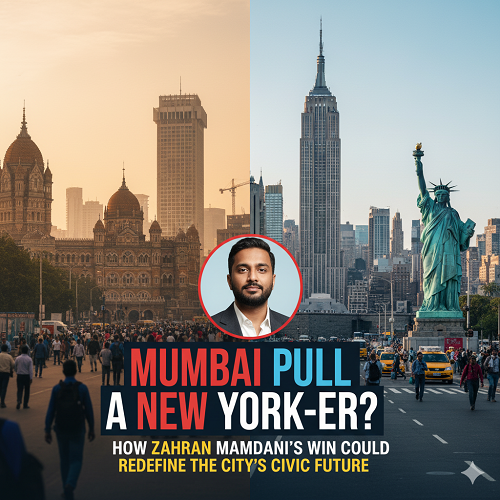
Maharashtra’s 24/7 Shop Policy Faces Reality Check, Night Transport Missing From the Script
When Maharashtra announced that shops, offices, and hotels could now operate 24/7, it was celebrated as a progressive step toward making Mumbai a true global metropolis. The policy promised convenience, economic revival, and an energetic nightlife economy that could mirror the vibrancy of cities like New York or London. For a city that never sleeps, it seemed like the perfect script.
Yet, beneath the applause lies a critical missing piece, the absence of a dependable night transport system. For all its promise, the 24-hour policy risks stumbling after sunset. While restaurants and offices can now remain open through the night, workers and customers may find themselves stranded once the last local train departs or the final metro closes its gates at 10:30 p.m. In areas like Nariman Point, one of Mumbai’s premier business districts, finding a “kaali peeli” taxi after midnight is, as some residents joke, “harder than finding God.”
A 24/7 Economy Without 24/7 Mobility
Maharashtra’s decision to keep commercial establishments open round the clock is undeniably forward-looking. It aligns with global trends, encourages tourism, and enhances employment opportunities, particularly in the hospitality and retail sectors. However, the success of such a policy rests not only on operational freedom but on logistical feasibility. Without transport, convenience becomes conditional, and opportunity remains incomplete.
The absence of reliable night connectivity exposes a structural gap in Mumbai’s urban planning. While the policy promotes economic activity, it overlooks how people will commute home after midnight. In Nariman Point, Lower Parel, and Bandra-Kurla Complex, workers often depend on ride-hailing apps or private vehicles. But surge pricing, driver refusals, and safety concerns make late-night mobility an ordeal for both employees and customers.
Night Transport: The Missing Backbone of a Global City
To bridge this gap, urban planners and citizens alike have floated practical solutions. One prominent suggestion is to run Mumbai Metro Line 3 (Aqua Line), connecting Cuffe Parade to Aarey, throughout the night instead of halting services at 10:30 p.m. This underground line, once fully operational, will serve as a lifeline for commuters across the city’s central spine. Running limited night services could support late-shift workers and maintain connectivity between the city’s commercial and residential districts.
Another solution lies in encouraging private bus operators to provide regulated night routes. Many cities across Asia, such as Singapore and Seoul, rely on privately-managed night bus systems that complement their metro operations. Mumbai, with its dense population and continuous economic activity, is a strong candidate for a similar hybrid model. These buses could cover high-demand corridors between business hubs like BKC, Andheri, Lower Parel, and Navi Mumbai.
Learning From the Past: Why Transport Integration Matters
Mumbai’s existing public transport system is among the most efficient in India, moving over 7.5 million commuters daily through its suburban rail network. However, it remains largely dormant during the night. The Mumbai Metropolitan Region Development Authority (MMRDA) and the Brihanmumbai Electric Supply and Transport (BEST) undertaking have experimented with limited night routes in the past, but these services lacked consistent frequency and visibility.
A 2022 survey by the Mumbai Mobility Forum revealed that over 68% of night-shift workers in Mumbai’s hospitality sector face difficulties returning home after midnight. The lack of night buses and metro services has led many to rely on unsafe or costly alternatives. For a policy that aims to boost employment in these sectors, the absence of transport infrastructure is a contradiction that demands urgent attention.
Railway Union Strike: A Reminder of Urban Fragility
The city’s dependence on its transport system was further highlighted recently when a flash strike by the Central Railway engineers’ union brought operations to a halt, leaving thousands of commuters stranded. The strike, triggered by FIRs against two engineers accused of negligence in the Mumbra tragedy, underscored how vulnerable Mumbai remains to disruptions in its mobility network.
Authorities must balance accountability with continuity. FIRs following due process are justified, but allowing public transport to be held hostage by abrupt strikes sets a dangerous precedent. As the city transitions into a 24-hour economy, transport resilience must become non-negotiable. Public service disruptions should never paralyze a city that prides itself on constant motion.
Anjaneyar Café: A Glimpse of the 24/7 Lifestyle to Come
While policy debates unfold, the essence of Mumbai’s evolving lifestyle can already be seen in its emerging food culture. Take the example of Anjaneyar Café in Deonar, a modest vegetarian eatery that’s quickly becoming a local favourite. Nestled next to Shatabdi Hospital and opposite Jafferbhai’s Delhi Darbar, this small café, just a month old, reflects the pulse of a changing city where people crave convenience, community, and comfort at all hours.
With only 13 menu items, from “benne dosa” to “thaat idli”, the café thrives on simplicity and authenticity. Its partner, Shashank Iyer, personally attends to each customer, turning dining into an experience rather than a transaction. On a recent weekend, the café was so packed that customers waited 40 minutes for a table, while others opted for takeaways. The food is flavourful, the service warm, but like much of Mumbai, it too depends on timing. When the metro stops and taxis vanish, even a late-night dosa becomes a logistical challenge.
A City That Must Synchronize Policy and Infrastructure
Maharashtra’s 24/7 policy is a bold vision, but vision without infrastructure is aspiration without direction. If Mumbai is to genuinely transform into a global city, mobility and economy must grow hand in hand. Allowing businesses to function around the clock is only meaningful if people can safely travel to and from them.
Integrating metro, suburban rail, and private bus systems under a unified night transport framework could be the key. Subsidies for late-night routes, safety measures for female commuters, and better coordination between the state and local bodies can make the policy practical and inclusive. For every additional hour a café, office, or hotel stays open, there must be a bus, train, or metro running to serve it.
Conclusion: The Real Test of a 24-Hour City
Maharashtra’s 24/7 policy is more than a bureaucratic announcement, it’s a social contract between ambition and accessibility. Mumbai has always been India’s city of dreams, but dreams need movement, and movement needs transport. The success of the 24-hour economy will not be measured by neon lights or extended hours, but by whether its citizens can travel home safely, affordably, and confidently at 2 a.m.
For a city that defines itself by resilience, the night should not mean stillness. The test for Mumbai’s policymakers is simple, if the city truly never sleeps, neither should its transport system.
